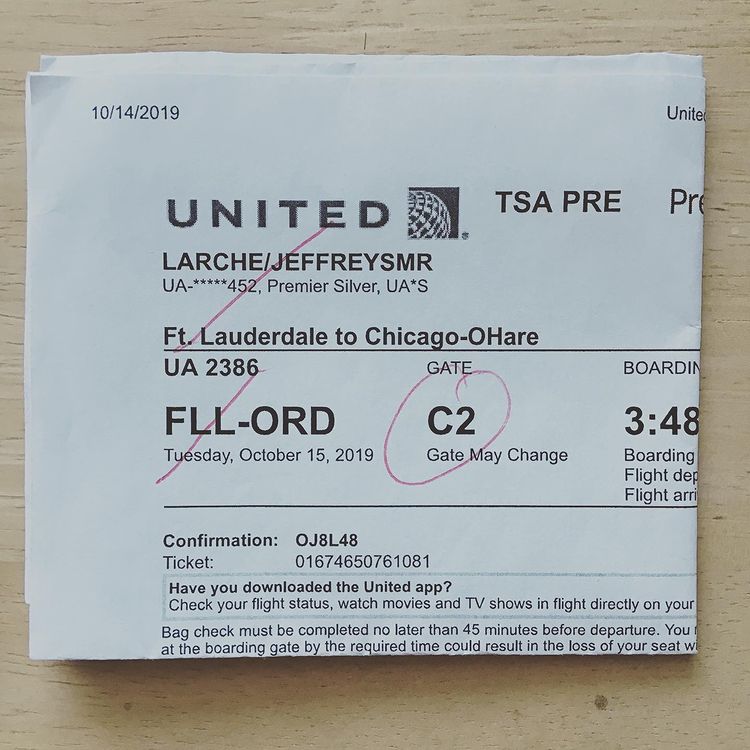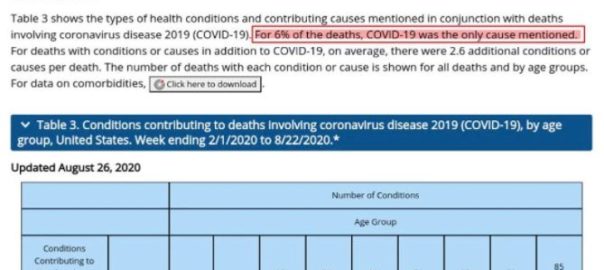It’s 2021 and hopefully we’ll all soon be back to some semblance of normalcy. For me that will mean spending roughly a third of my time on the road. Maybe you as well. Airports, hotels and rented cars can be sources of considerable frustration. So as my gift to you, my fellow road warrior, I offer five of my tips to make your life on the road a little more pleasant.
1. Print your ticket, ideally on your home printer and not at the airport
Many of my colleagues, seasoned travelers all, find this one baffling. “Hey,” they say. “We all have cell phones. So why not just use the airline app to present and scan my ticket when I check in?”
My answer also happens to be why our recent presidential election was tallied with few incidents and, based on results coming out of audits and hand recounts, extraordinary accuracy. Paper rules. Even states that went electronic, such as Georgia, offered voting options on a touch screen but then printed paper ballots.
What’s more, I prefer printing my tickets at home and not at an airport kiosk. The reason has to do with redundancy. If I should forget to print my tickets prior to grabbing an Uber to the airport, I can always use a kiosk as a back-up. But countless times I’ve arrived to find many of my airline’s kiosks out of order, or all of them occupied.

Redundancy is also behind bringing something printed as opposed to using the app.
We all know Murphy’s Law. Exactly when you most need your cell phone to work, it doesn’t. I’ve been in a line of stressed-out travelers boarding a flight when someone’s cell phone wouldn’t turn on. And once the phone of the guy in front of me — just as he was about to swipe his bar code — received a phone call!
He needed to manually disregard the call to free up his screen.
Speaking of calls, another time I was one of the last off of my plane and had to make an urgent one. I dialed right at the gate, only feet from the departure door. Picture me waiting on hold when I saw a familiar passenger — a guy who had sat a dozen rows ahead of me — literally run back to the woman posted at the jetway door.
He explained that he had left his phone on the plane. The woman at the gate asked to see his ticket, because only those with a ticket could get back on — even to look around. He explained his ticket was the barcode on his phone! He had to wait until the cleaning crew was done. If they didn’t find his phone, they’d send someone back there to look specifically for it.
My phone call was completed well before he was (I presume) re-united with his phone. If only he had a paper ticket!
2. Always carry a bottle of non-prescription Afrin
I learned this lesson the hard way. Years ago I agreed to fly across the country on short notice, to fill in for a colleague who had a family emergency. I was to arrive on Day #1, learn her part in a presentation the team was preparing to give to a client (in an effort to win a large contract) on Day #2, and finally I’d present my 15 minutes of our proposal on Day #3.
When I agreed to this trip I was recovering from a mild head cold. No big deal. But when I boarded my first flight on Day #1, I was still a little stuffy. I needed to connect with a second flight to complete my trip. That means two take-offs and concomitant cabin air depressurizations, and two landings and re-pressurizations.
By the time I arrived at my destination I was in agony. Residual moisture and the germs contained therein was driven deep into my ear canals and sinuses.
Nothing helped. I even tried an improvised neti pot! The night of Day #2 I finally went to an urgent care at 1 a.m., coughing and congested. I was diagnosed with sinusitis and bronchitis. My presentation on Day #3 was a disaster, since the antibiotics and decongestants has little time to work.
But along with the meds, that wonderful physician who wrote out my scripts told me about Afrin.

It can be habituating, so use this over-the-counter topical decongestant sparingly. But when I think I’m even the least bit stuffy, I’ll take this miracle drug’s small squirt bottle — always in my packet of liquids ready to pass through TSA screening — and transfer it to my jacket pocket before boarding. Then, while we are taxiing on the runway, a couple of squeezes and I’m assured of never having another cabin-pressure-induced incident. I repeat the process on preparing to land.
3. Our personal transponders love to stow away in rental cars. This invention prevents forgetfulness!
This tip is the transponder equivalent of lashing a huge block of wood to a gas station bathroom key. I invented this device when I forgot — more than once, I confess — to take with me the transponder I owned in a car I was renting!
For those who haven’t rented a car in a while, they all come now with their own toll booth transponders. But the upcharge they attach when you use one is insanely inflated. So to spare my clients that ridiculous expense, I bring my personal vehicle transponder.
This is the device that makes sure I don’t drop off the car without grabbing it!

I’d gotten a free selfie stick at a conference. It remained unused (I’m not much for self-portraits) until I realized how I could create this travel hack. I affixed my transponder with a stout rubber band.
Behold! A retractable wand small enough to fit in an outside suitcase pocket, yet easily extended and jammed snugly into the crook of a rented car windshield!
4. Never again leave clothes in a hotel dresser drawer
For this solution, I’ll let journalist John Dickerson explain the predicament:
I’ve been there, John!
And before you, gentle reader, fault me (and him) for being careless, consider his follow-up tweet: “Obviously, only a moron uses the drawer, but when you’re on a longish stay you need that sense of normalcy.” I agree.
I’m sure there are other solutions to this problem, but this is mine:
Similar to the transponder hack, this makes leaving without the item(s) difficult or impossible. I always travel with a pair of running shoes. And to make my suitcase less bulky and able to hold more clothing, I pack the shoes for departure with clean socks jammed into them. It ensures there is no wasted space caused by the holes where my feet would go!
When I’m staying Monday-through-Thursday (which is typical for me), I’ll collect my used socks and underwear in a dedicated hotel drawer. It would be easy with such small items to leave them behind, except I have developed this shoe-stuffing habit. Of course upon returning home my socks are dirty. (And don’t be grossed out: Remember, my shoes held those dirty socks earlier, while I was wearing them.)
The point is I cannot pack my running shoes without first retrieving my clothing from the drawer. I’ve never left my clothing behind since!
5. Pay for an airline lounge and get your money’s worth
Some employers reimburse road warriors for the cost of an annual pass to use an airline’s lounges. Most do not, but I’m here to say that’s okay. Fork out the money … and then use those lounges for all they’re worth.
Here’s what I mean: Instead of arriving a hour before my flight, I might arrive two hours in advance and eat my breakfast in the lounge. The food isn’t terrible, and most provide convenient work spaces. You’ll be less stressed, and ready to act fast should your flight be cancelled or moved.
When I fly back from a week away, I’ll reverse the process:
My United Lounge pass would allow me access even on days when I’m on the return leg of my journey. So I’ll often go to the lounge before going home and have dinner there. Again, the food isn’t bad, and it’s free with the annual fee to get in. Plus, I can then time an Uber ride back to my Chicago apartment when traffic from the airport is least terrible, making my car ride as brief as possible.
I hope you find these tips useful. Fingers crossed you and I will be able to put these to practice in early 2021!









